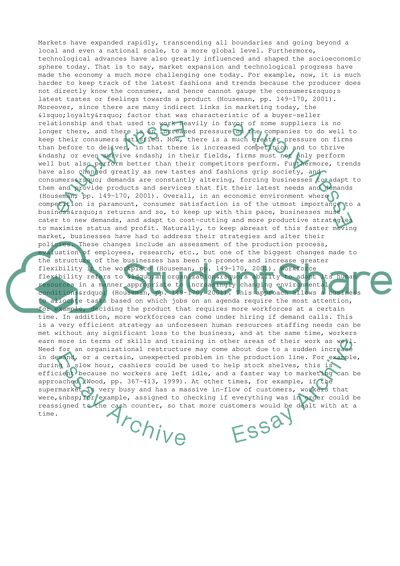Cite this document
(Human Management and Performance Case Study Example | Topics and Well Written Essays - 2000 words, n.d.)
Human Management and Performance Case Study Example | Topics and Well Written Essays - 2000 words. Retrieved from https://studentshare.org/management/1431164-hrm-and-the-external-environment
Human Management and Performance Case Study Example | Topics and Well Written Essays - 2000 words. Retrieved from https://studentshare.org/management/1431164-hrm-and-the-external-environment
(Human Management and Performance Case Study Example | Topics and Well Written Essays - 2000 Words)
Human Management and Performance Case Study Example | Topics and Well Written Essays - 2000 Words. https://studentshare.org/management/1431164-hrm-and-the-external-environment.
Human Management and Performance Case Study Example | Topics and Well Written Essays - 2000 Words. https://studentshare.org/management/1431164-hrm-and-the-external-environment.
“Human Management and Performance Case Study Example | Topics and Well Written Essays - 2000 Words”, n.d. https://studentshare.org/management/1431164-hrm-and-the-external-environment.


